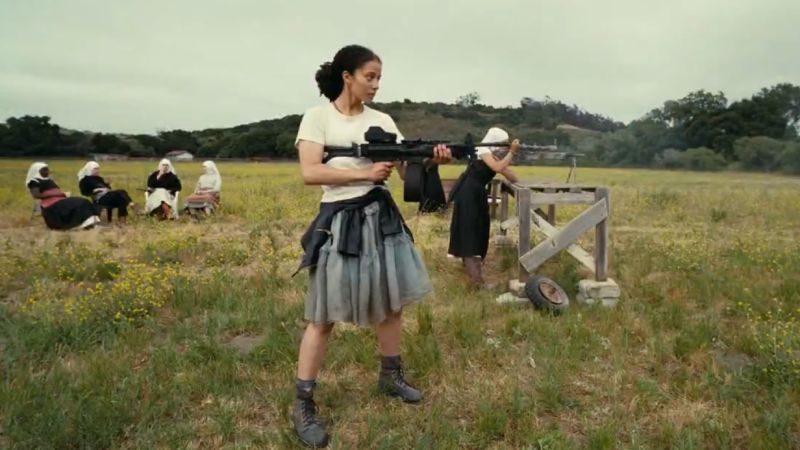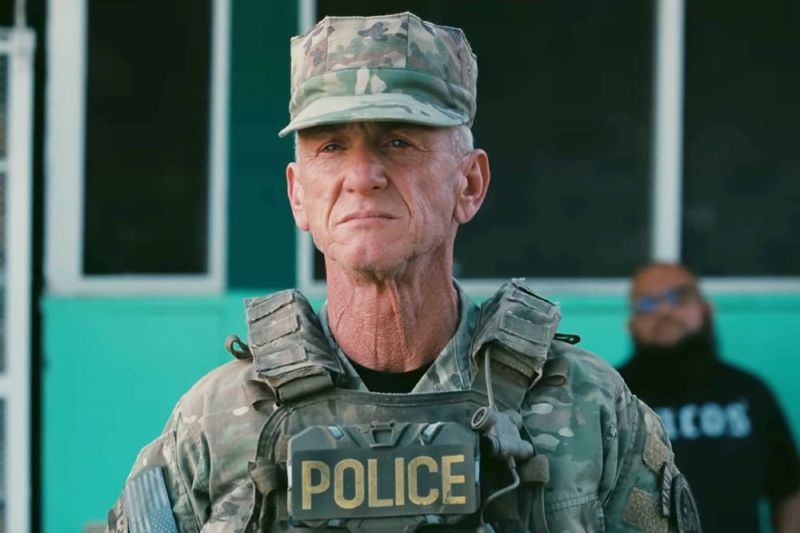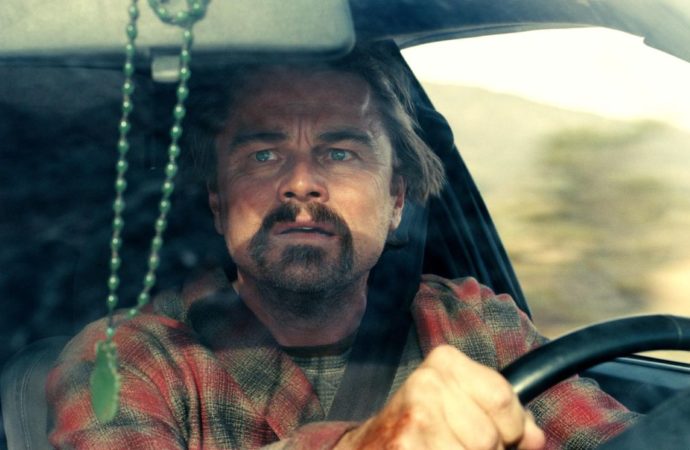One Battle After Another is a political satire that targets the worst evil of our time: narcissism — doing so in a way that is both raw and humorous. The only characters who make the audience laugh are those who are transformed by love. There is Sensei Sergio San Carlos (Benicio Del Toro), who guides and protects both his migrant relatives and strangers amid a police raid against them. And there is Bob Ferguson, a father who embodies fatherhood beyond biology — a former revolutionary who sets out to find his daughter during a pursuit that also puts his own life at risk. Between the lines lies a quiet lesson: deserting from war can be an act of emancipation; serenity can also be a path to freedom. Peace is what this world needs most.
One Battle After Another, the latest film by Paul Thomas Anderson, is a loose interpretation of Thomas Pynchon’s 1990 novel Vineland. If every filmmaker has, in each era, a writer who becomes their obsession, then for this prolific screenwriter-director, his American namesake once again takes that role. The director of Sydney, Boogie Nights, Magnolia, Punch-Drunk Love, There Will Be Blood, The Master, Inherent Vice, Phantom Thread, and Licorice Pizza has found, through the words of a novelist as historical as he is contemporary and complex, the formula to travel to the very core of an era’s consciousness — an era mirrored by the “end of history.”
Long live labyrinthine plots and screenplays written over twenty years. Despite its complex structure, the film manages to criticize, convey, and entertain all at once. Popcorn, Coke, and reflection. Perhaps that’s why, for many nostalgics of the nouvelle vague and those slow films where “nothing happens,” it has felt like a meaningless, superficial work.
The problem with such criticism lies in the search for meaning where there is only a material signifier. Anderson’s film does not propose a viewer who must seek reflection within the film, nor does it offer a film that serves reflection to the viewer on a silver platter. Never has the “show, don’t tell” principle been more aptly applied.
One Battle After Another is a field of possibilities, a space where reflection emerges through that intimate and singular dialogue that can only happen in a darkened theater shared with strangers — in that black, silent void that exists between the cushioned seat and the light projected onto the big screen.

It’s likely that the structure of the film — starring Leonardo DiCaprio and featuring standout performances from Teyana Taylor, Chase Infiniti, Sean Penn, Benicio del Toro, Regina Hall, Alana Haim, Wood Harris, Junglepussy, and Tony Goldwyn — works perfectly thanks to the sheer number of well-crafted shots and edits. But above all, it’s the music, the work of composer, multi-instrumentalist, and Radiohead member Jonny Greenwood, that provides the necessary vertigo to feel and follow the pulse of each sequence.
The interplay of different cinematic languages turns this fiction into a malleable narrative, capable of building bridges between the past and present of the United States while constantly reminding the viewer that what they are watching is a film — not reality. Scenes that both suffocate and make you sigh. At this point, the tonal balance is handled so deftly that it turns a furious storyline into an elegant and harmonious film, where image and sound converge flawlessly.
Without giving away any spoilers, the car chase scene across the southern U.S. desert stands as the perfect example of how to make cinema genuinely entertaining without resorting to the demagoguery of the music video.
One Battle After Another is a political satire that targets the worst evil of our time: narcissism — doing so in a way that is both brutally honest and darkly humorous.
To criticize is not to see the bad in the good, nor the good in the bad. To criticize is to suspend one’s taste to say something beyond what one already thinks about a work of art. In this case, it would be interesting to ask what a film says without digging into the author’s intentions.
Like any feature film, One Battle After Another has its strengths and weaknesses. Perhaps one of its narrative flaws lies in the abrupt disappearance of one of its most significant characters midway through the film — a turn that could have deepened the plot through a glimpse of the character’s transformation afterward. The phantasmatic aura works within the subcutaneous layers that make up this character’s presence, but what it gains in mystery, it loses in depth.

What the film loses in form, it gains in humanism. In an age of extremes, it goes against them, elevating the figure of ordinary men and women who live and build community without ideological noise. It highlights, for instance, the Mexican migrants living in the southern United States, quietly seeking a better future, whistling as they work, building the anthill like ants do — silently, diligently. These are the people who keep a country running with the sweat of their brows, who do not twist their tongues in pursuit of revolution or annihilation, but simply fight for a better life, embodying the solidarity and temperance that hyper-ideological discourses — both left and right — tend to inflate with their dialectical rhetoric.
As John Lennon once said: Well, you know, we all wanna change the world. But when you talk about destruction, don’t you know that you can count me out.









No one has posted any comments yet. Be the first person!